Category: Larps
-
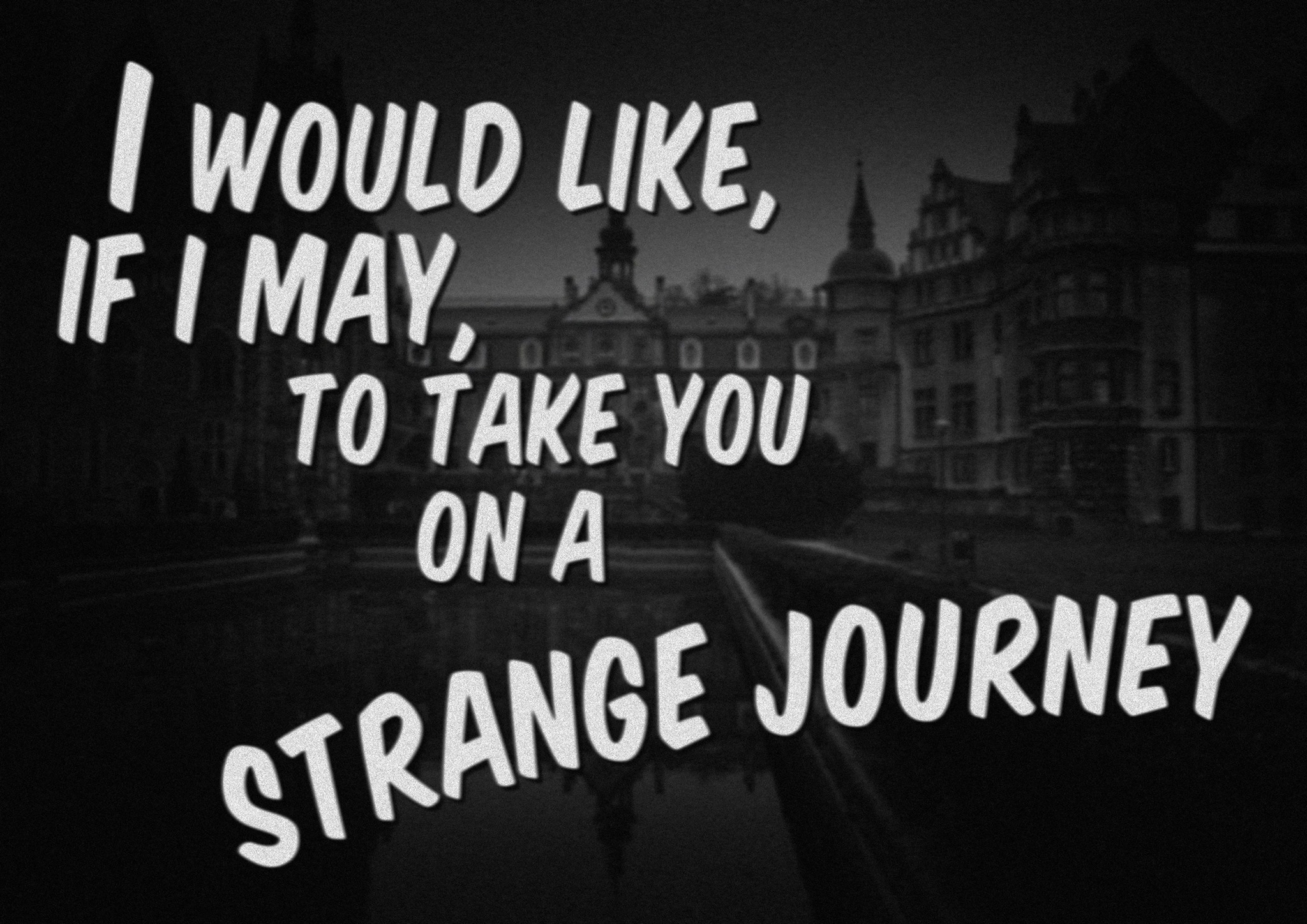
I Feel Released – How Designing for Inclusivity Might Mean Including Oppression
in
Sometimes you learn from your failures. Rocky Horror Larp changed the way I approach designing gender, sexuality and oppression in larp.
-

together/alone – Searching for a Soulmate in Summer Prague
in
spolu/sami (in English: together/alone) was a game about ordinary people in present-day Prague. The larp was lyric, melancholic, atmospheric, and authentic.
-
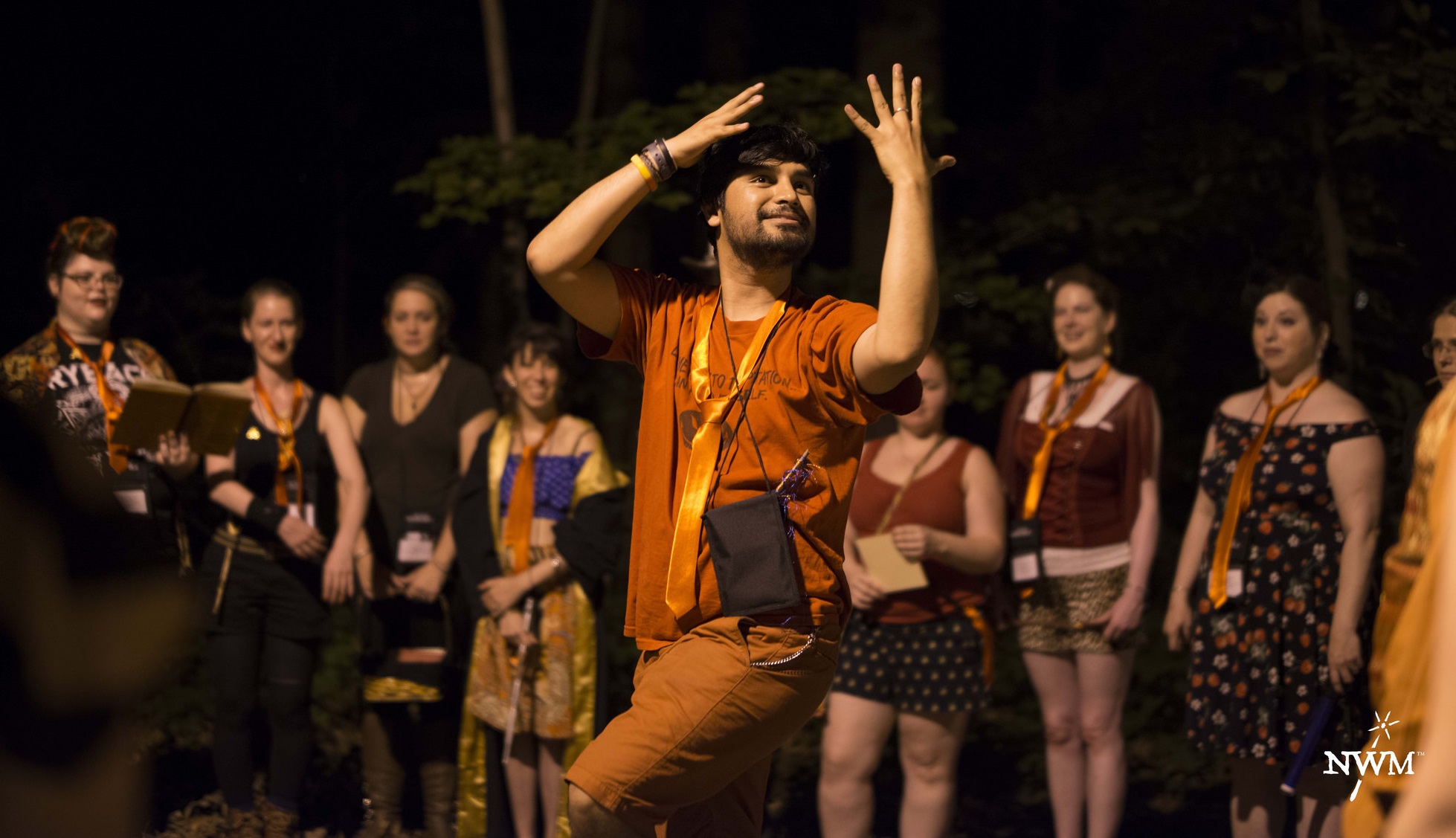
Creating a Culture of Trust through Safety and Calibration Larp Mechanics
in
When Ben Morrow and I decided to offer a College of Wizardry-like experience in North America in April 2015, we knew we had our work cut out for us. Not only did we need to form a larp production company, secure the venue, build the costumes, obtain props, find players, and all the other duties
-
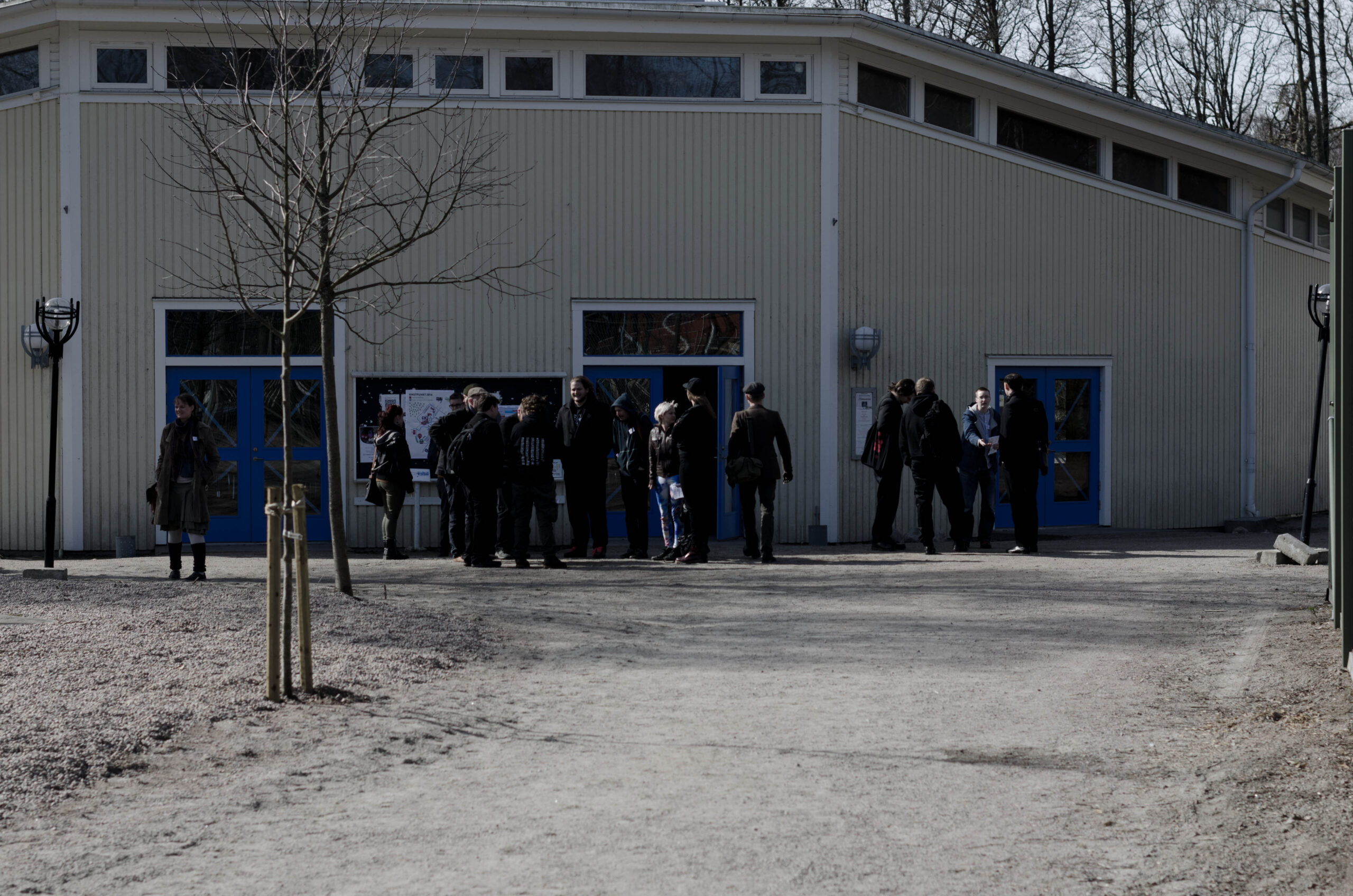
Spatial Design – Experiences
in
How can we create a spatial experience with which we design the player experience? Jonas Trier-Knudsen & Troels Barkholt-Spangsbo hosted this session at Knutpunkt 2014 where several organizer shared their best practices and experiences in short talks. The video is unfortunately cut short in the end. How do we change scenography from backdrop to active
-
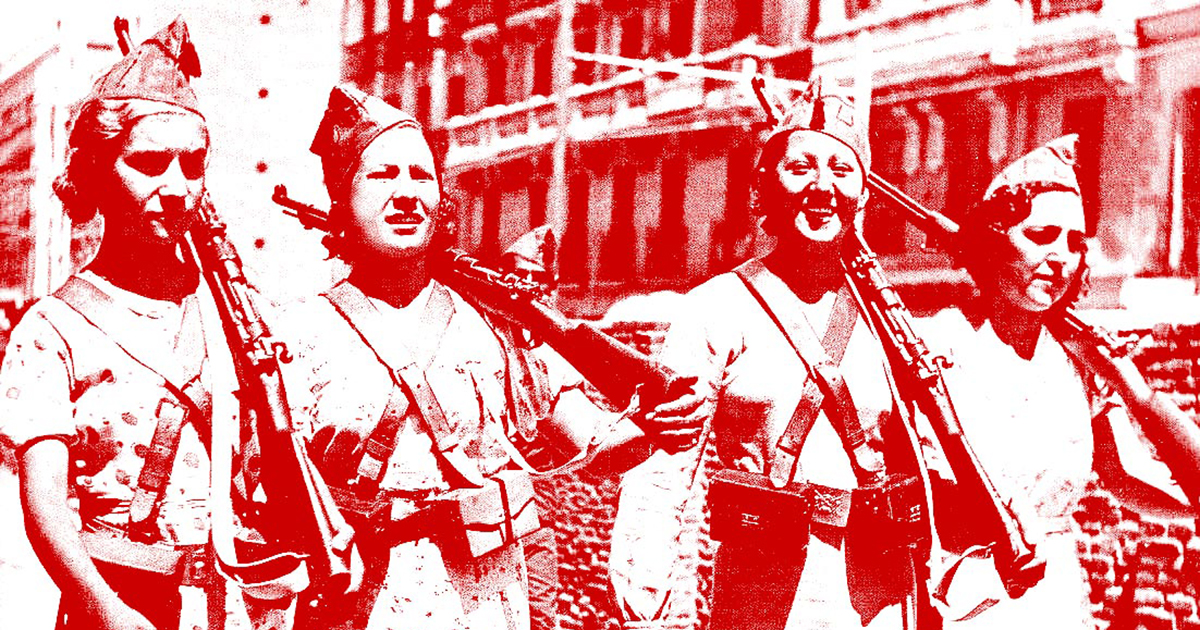
Flowers from Exile Sign-Up Open
in
Sign-up has opened for the Swedish larp Flowers from Exile. The larp will be played in English and first time larpers are very welcome. Read more and sign up here: http://beratta.org/flowersfromexile/signup
-
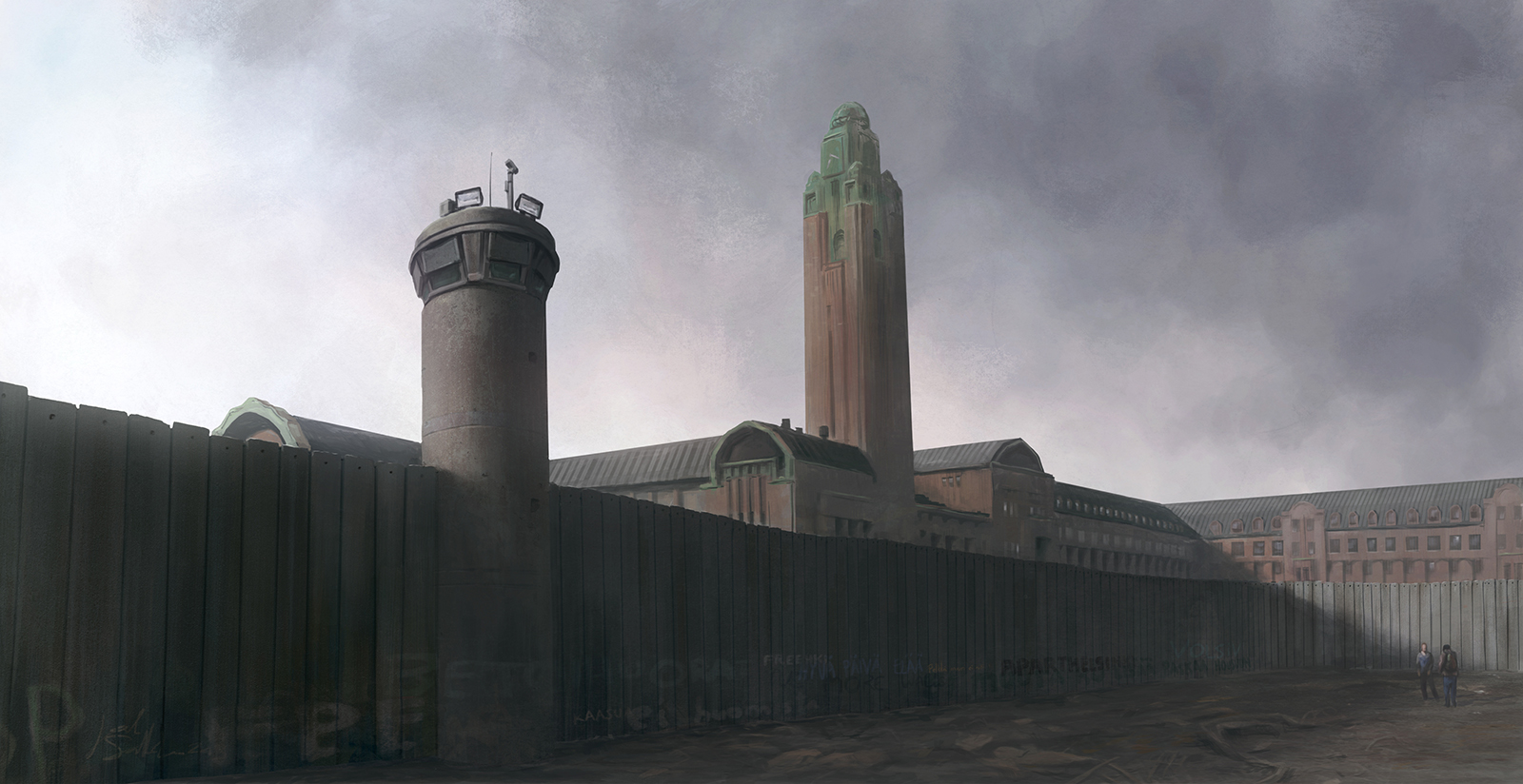
Sign-up Open for Halat Hisar (State of Siege)
in
Halat hisar, or State of Siege, has been covered on this site before. The sign-up for the Finnish/Palestinian cooperation has now opened: http://nordicrpg.fi/piiritystila/practical/sign-up/ Read more about the larp on their website: http://nordicrpg.fi/piiritystila/
-

State of Siege – A Palestinian-Finnish larp project
in
Last August the larp Till Death Do us Part was organized as a cooperation between Norwegian and Palestian larp designers. It was the first bigger Palestian larp project and since then many projects has has happened in and in connection to the emerging Palestinian larp community.
-
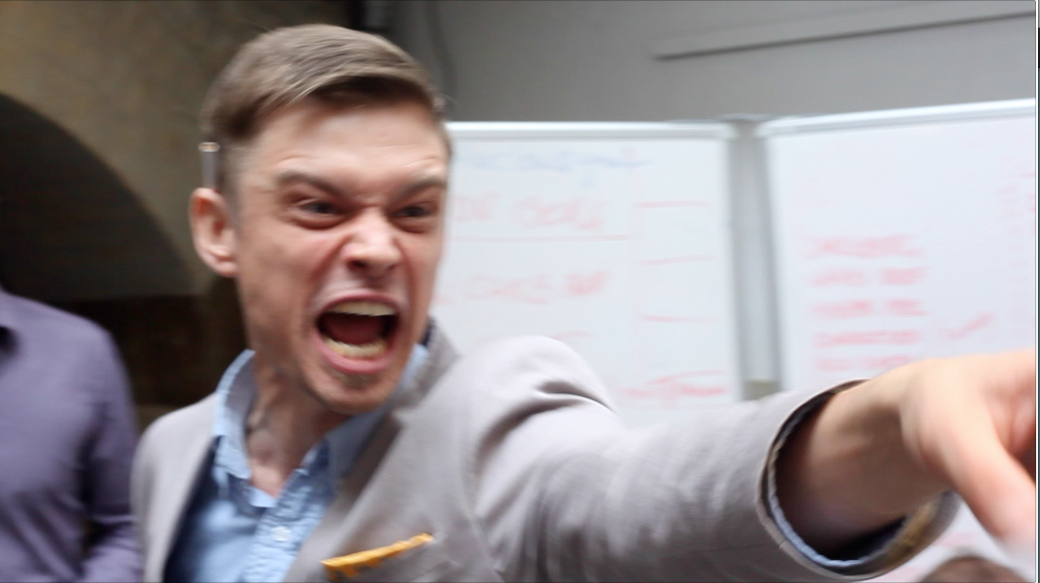
PanoptiCorp 2013
in
PanoptiCorp 2013: A satirical larp about an advertising agency is a larp organised by Rollespilsakademiet in Denmark in June. They summarise the larp with these words: PanoptiCorp is meant to be a satirical reflection of the early 21st century, seen through the eyes of a trendier-than-thou transnational advertising/PR corporation. Central concepts for the larp are:
-
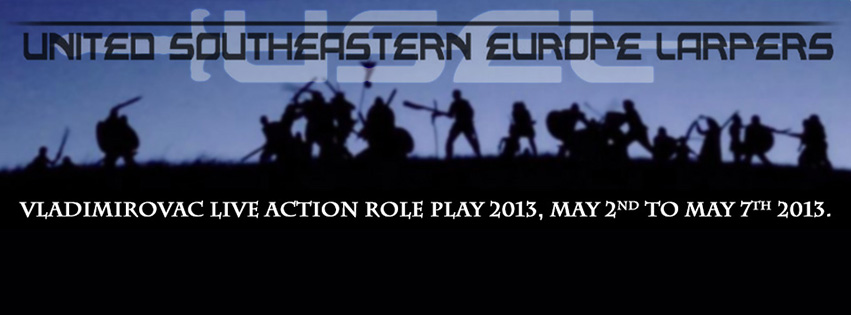
Fantasy Larp in Serbia
in
We’ve received a tip about a fantasy larp in Serbia in May this year. The organisers sent us this information: It is biggest larp event we have in Serbia. It is placed in Serbia/Vladimirovac. Vladimirovac is north-east of capitol city Belgrade. Place is big and have GREAT capacity. We have Serbian, Croatian, Bulgarian and soon
-

Simbelmyne
in
Simbelmyne is a swedish larp set in Tolkiens Middle-Earth, around 500 years before the War of the Ring. The organisers describes it as such: “Good and evil have not changed since yesteryear, nor are they one thing among Elves and another among Men. It is a man’s part to discern them, as much in the